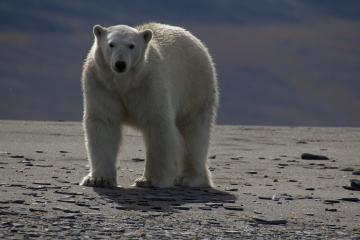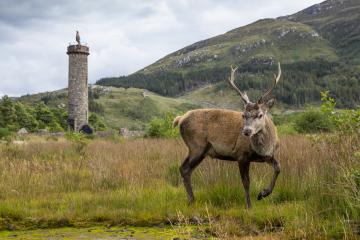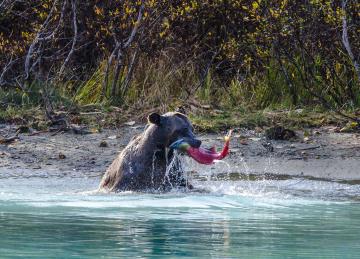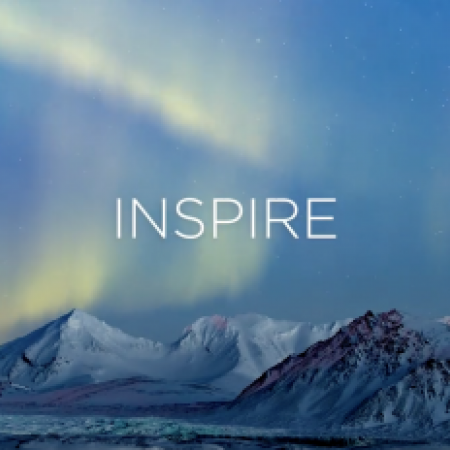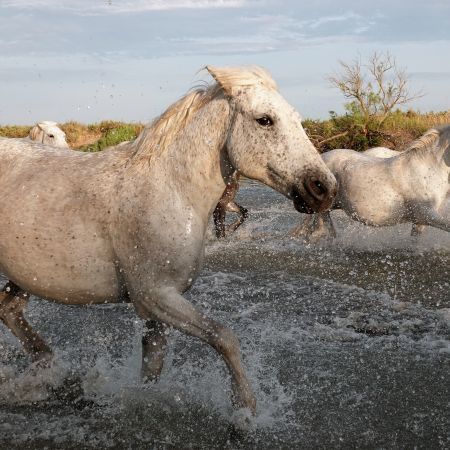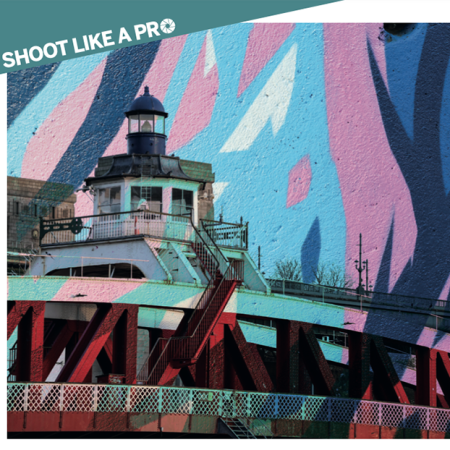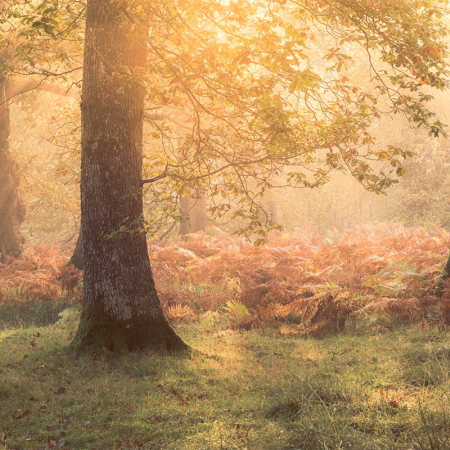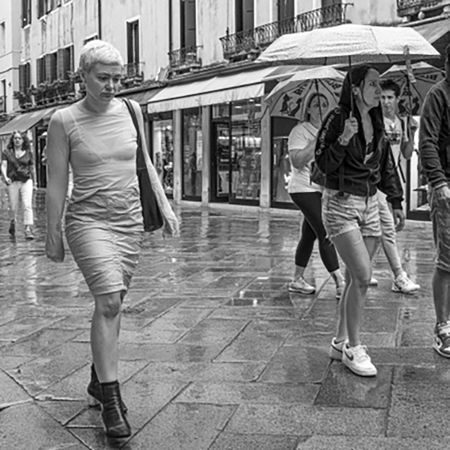Light & Land
20 of the world’s greatest wildlife destinations
27th May 2019
From classics (Maasai Mara, Galapagos…) to little known gems (Wrangel Island, Chitwan…), these are some of the greatest places on Earth to see and photograph fantastic wildlife, as picked by top wildlife photographers and travel bloggers…
1: The Maasai Mara, Kenya
Debra Corbeil (The Planet D)
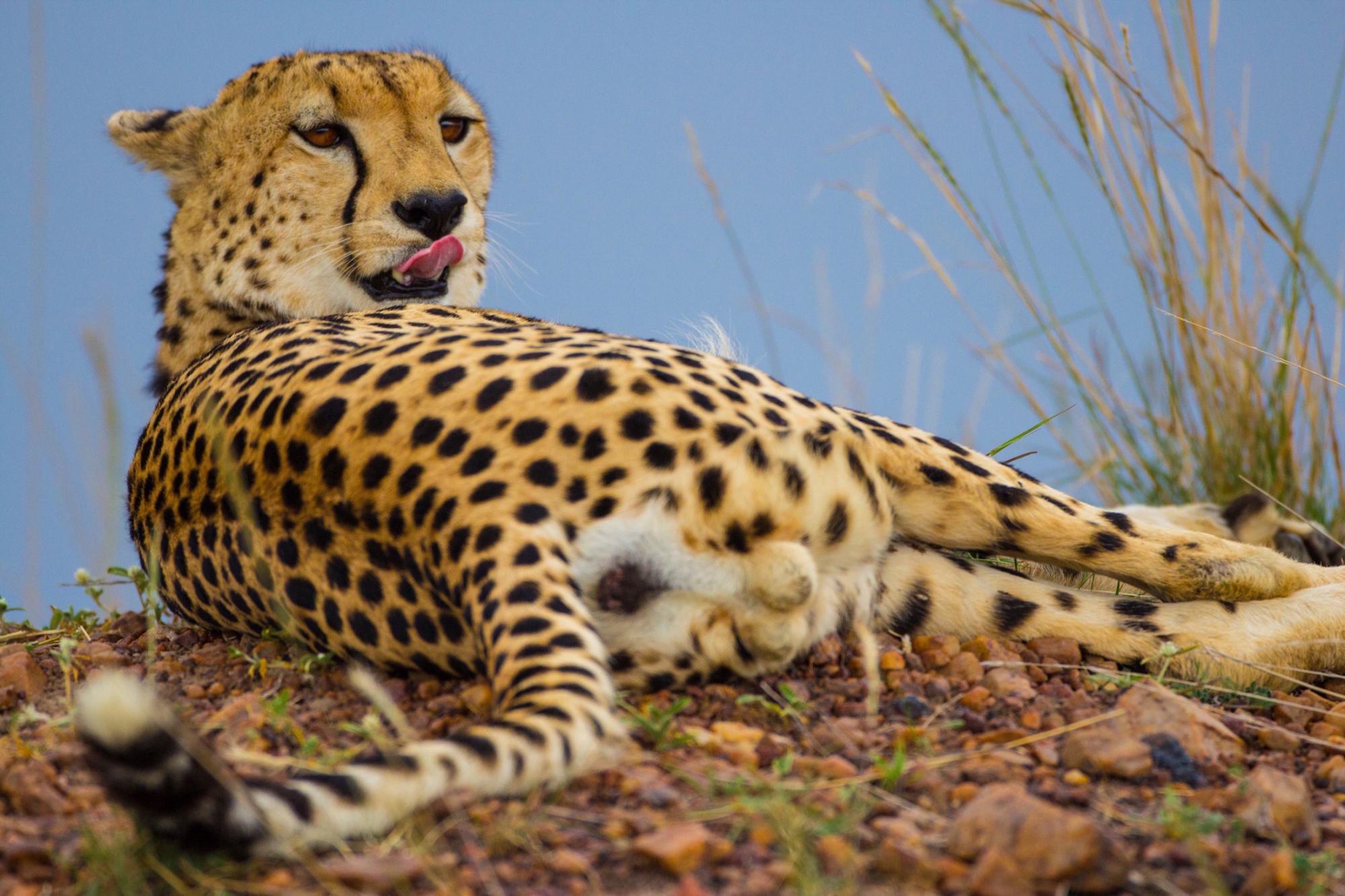
The Maasai Mara in Kenya is up there as one of the greatest wildlife destinations on Earth. We spotted all of the Big Five on our three-day game drive through the massive national reserve that borders Tanzania’s Serengeti.
Cape buffalo, rhinos, elephants, leopards and lions are the star attractions of Africa, but there are plenty of other fascinating creatures to see, too. We were as excited to watch giraffes munch on treetops, as we were viewing cheetahs basking in the sun. It’s an amazing experience to watch zebras, wildebeest and impalas graze together, while warthogs scurry about. But it’s the touching moments, like when baboons groom one another with careful tenderness or when a baby hippo hops a ride on its mother’s back, when you see just how loving these animals can be and how nature lives in harmony.
The wildlife comes alive before your eyes on the Maasai Mara and it’s these moments that you’ll never forget.
2: Spitsbergen, Norway
Antony Spencer (Light & Land)
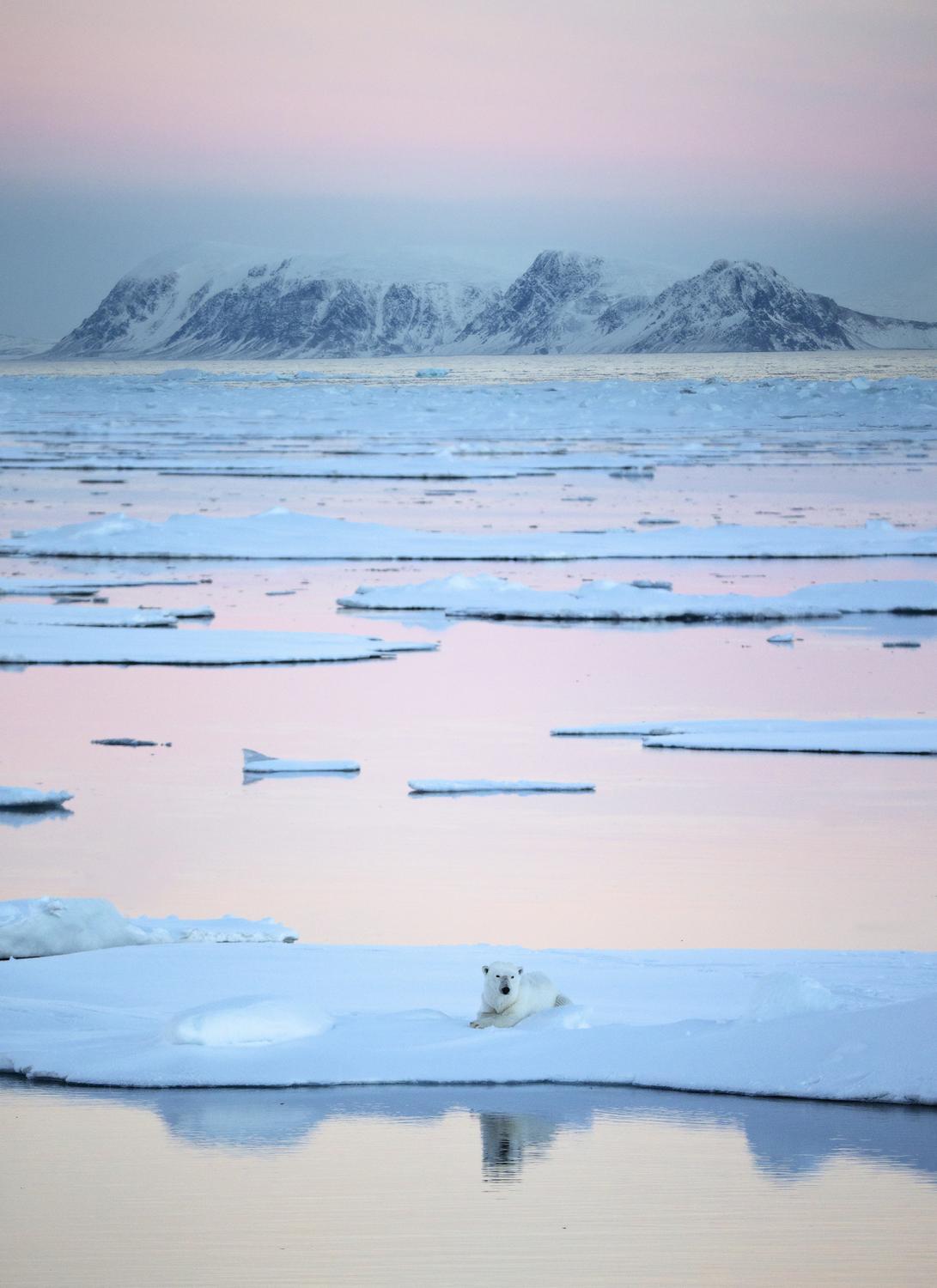
Working in the Arctic can be challenging. You really feel like you’re on an expedition in those kinds of places, whether you’re seeing some of the world’s biggest icebergs or going around the Svalbard archipelago watching polar bears hunting on ice. You’re in total wilderness and that’s just a fantastic thing.
In Spitsbergen, one of my most memorable moments was on a Light & Land tour a few years ago. We got off onto an ice floe in the middle of the Arctic ocean, with our expedition guides who are armed with rifles over their shoulders. We were on a piece of ice in the middle of the Arctic ocean, about 100 miles from any land, halfway between Spitsbergen and the North Pole. We got the tripod set up and we’re taking a group shot. Out of nowhere, there was a polar bear’s paw on the ice we were all standing on. We got the group off onto the Zodiacs, as the polar bear was bounding across towards us. Then we got to circle him in fabulous light. He was one of the biggest bears our guides had ever seen, and they’ve worked in that part of the Arctic for more than 20 years. He just stood there magnificently, sniffing us and looking at us. We got to circle him for half an hour, taking the most amazing pictures. That was a pretty amazing experience.
3: Etosha National Park, Namibia
Marina Cano (marinacano.com)
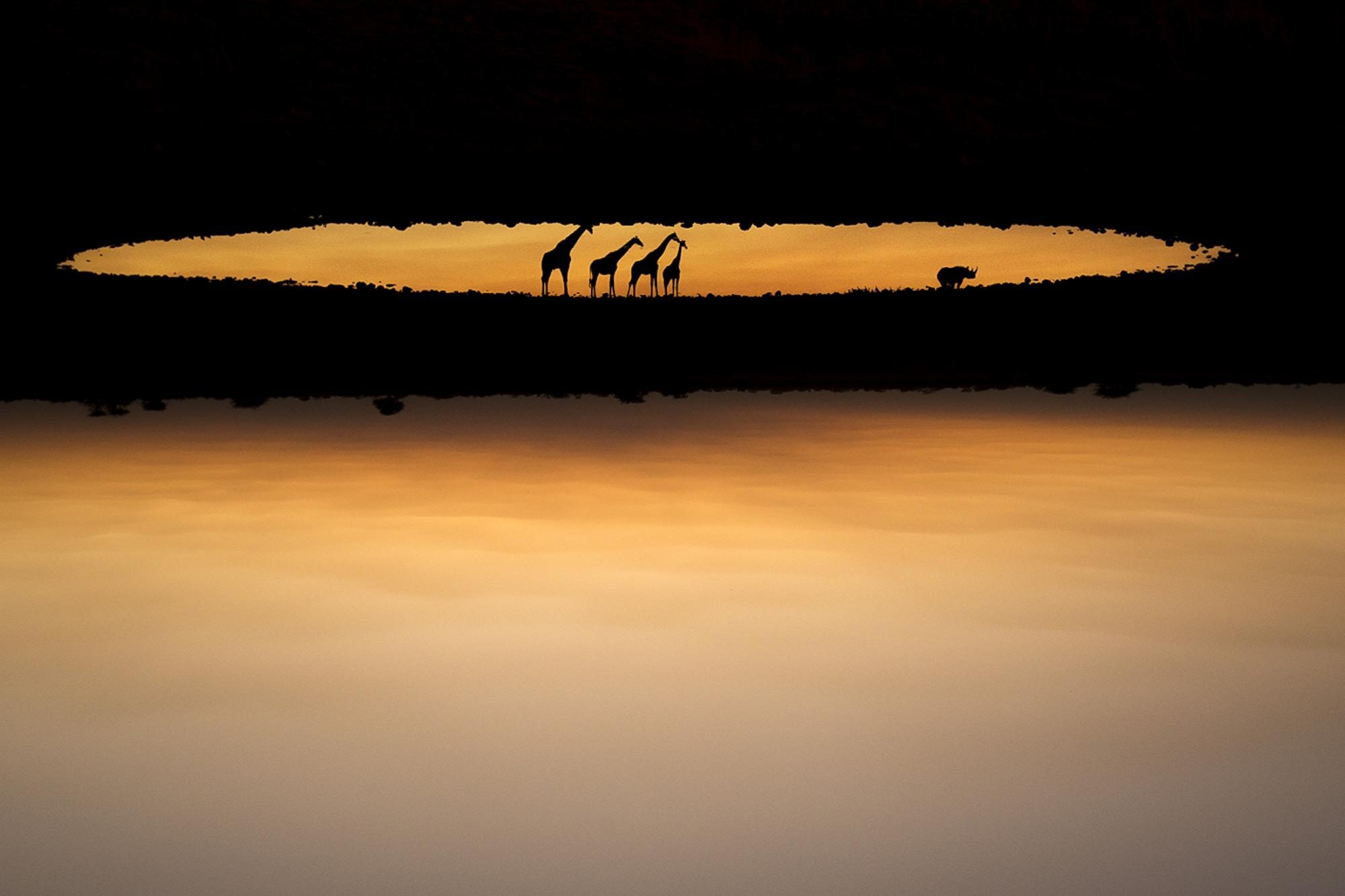
I’m in love with too many countries in Africa, especially specific places like Amboseli and the Maasai Mara in Kenya. But my first cat name was called Namibia, which shows how special this country for me.
The first time I went to Namibia, I was invited to the largest private game reserve in the country, which is called Erindi. For me, it really was an encounter with the origin, with Earth, with my wild insides. Erindi is rich in wildlife and has a very romantic spirit in the air.
Namibia also has Etosha National Park, a unique place where the white earth from the ‘pan’, a dried salt, gives a special character to all the animals that live there. Every place has something specific you can fall in love with. With Etosha, I can see one picture in a 1000 and I recognise its Etosha because the light and the land are very specific. It has a landscape full of intense warm colours and splattered with different waterholes that make fantastic images possible with big herd of elephants drinking, or giraffes, leopards and rhinos. For wildlife photographers, it’s a paradise.
4: Yellowstone National Park, USA
Donna Hull (My Itchy Travel Feet)
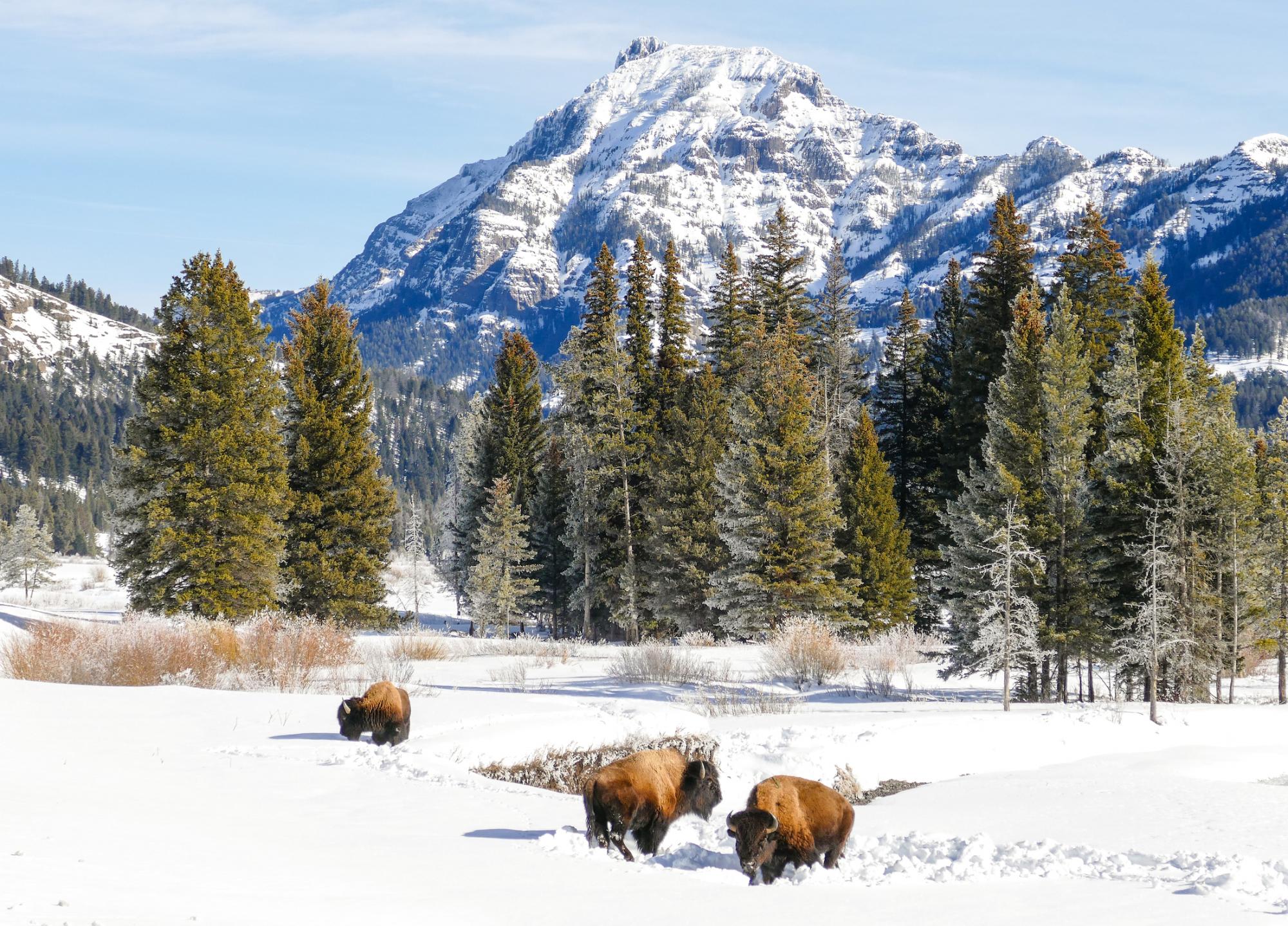
If you’re looking for a wildlife-watching or photography experience in the United States, head for Yellowstone National Park in Wyoming and Montana. With 67 species of mammals, including grizzly bear, wolf, elk and bison, 300 bird species and 16 species of fish, there’s a good reason why Yellowstone is known as ‘America’s Serengeti’.
While you’ll see bison throughout the park, Lamar and Hayden valleys are particularly good destinations for wolf-watching or spotting and photographing grizzly bears. But remember to keep plenty of distance between you and the wildlife, for your safety and theirs.
5: The Galapagos, Ecuador
Stefan Arestis (Nomadic Boys)
The Galapagos islands are our favourite wildlife destination. We visited them last year as part of a luxury cruise and completely fell in love. It’s everything you have dreamt of and more.
This is one of the few places in the world where you get so close to the wildlife because they are blasé towards humans. You’ll be so spoilt that no other safari will be the same again.
It’s not just above ground you get close with wildlife, like the tortoises and the birds. There are many opportunities to go snorkeling or scuba diving to discover the rich underwater world surrounding the Galapagos islands, where reef sharks, manta rays, tropical fish and the many playful sea lions await you.
6: Okavango Delta, Botswana
Audrey Scott (Uncornered Market)
The Okavango Delta in Botswana was one of the best places we’ve ever been for the quantity and diversity of wild animals and birds seen in a short time and distance.
Whether it was exploring Moremi National Park inside the Okavango Delta by vehicle or by boat, we were always trying to keep up with the buzz of animals around us.
We saw an elephant mother and her offspring one minute, a female lion lounging with a male companion the next, followed by a group of wild dogs fresh from the hunt and a family of hippos immersed in the rising Delta waters. Add a ‘sundowner’ drink and you’ve got the perfect balance of adventure, relaxation and luxury.
7: Antarctica
Jarryd Salem (NOMADasaurus)

Antarctica is by far the most phenomenal location for unique wildlife encounters that we have ever seen. The isolation and harsh conditions of the polar continent has kept it free from permanent human habitation, and that has allowed the marine and bird life to flourish unlike anywhere else.
The Antarctic Peninsula is home to 46 breeds of birds, including six different varieties of penguins, six species of seals and nearly a dozen types of different whales.
What makes the encounters so incredible though is how they all interact with each other, often swimming in the same channel or sleeping on one beach together, and the way they are almost completely unfazed by humans.
8: Simien Mountains National Park, Ethiopia
Graeme Green (graeme-green.com)
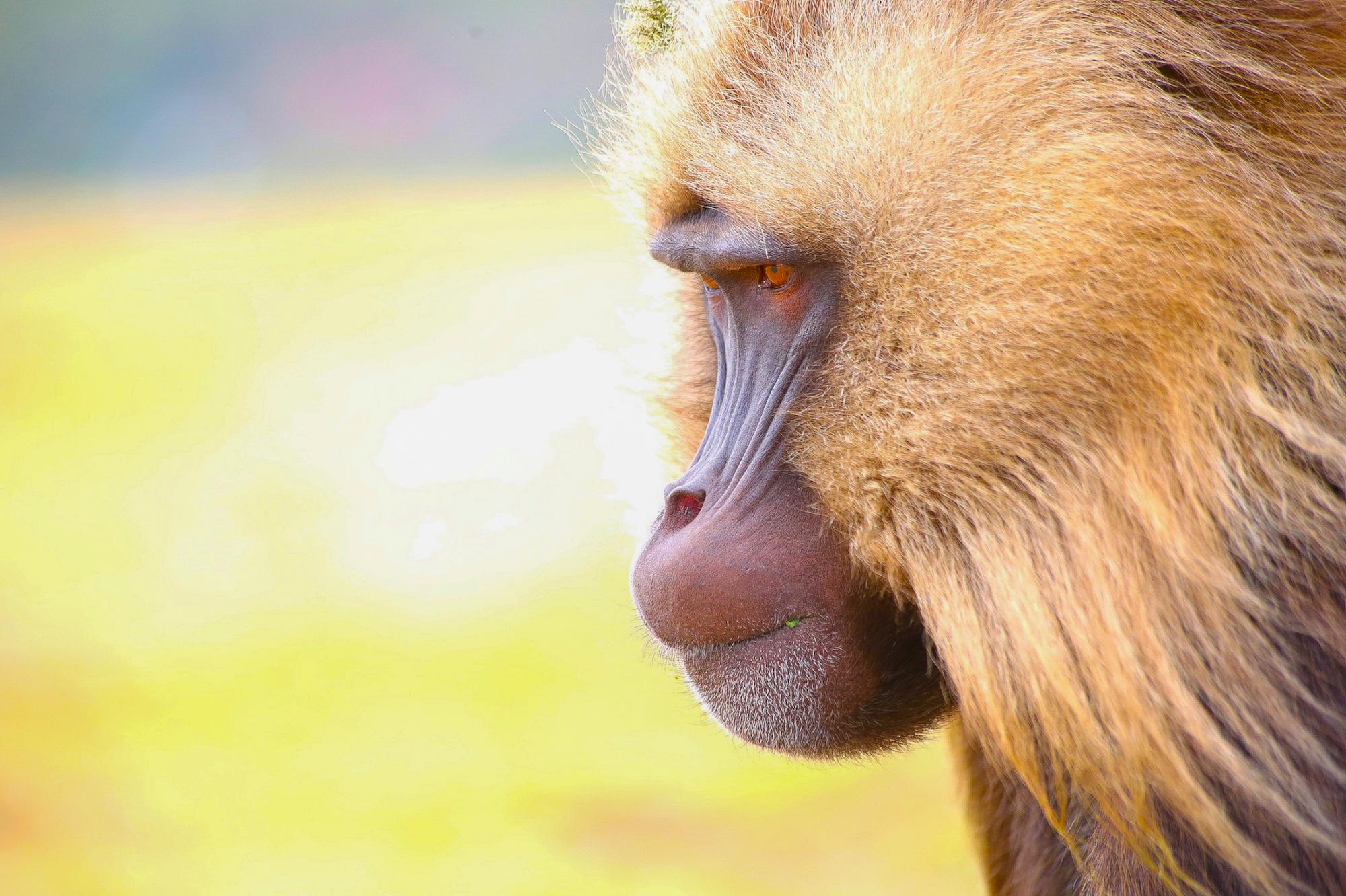
Ethiopia’s wildlife is distinct from the rest of Africa. There’s no Big Five and many of the animals aren’t as easy to find as in places like Kenya or South Africa. Many of them are rare. Some, like the Ethiopia Wolf, are critically endangered.
The challenge of finding the unique endemic species is part of the fun of photographing here, whether that’s tracking Walia Ibex up at above 4000 metres in Simien Mountains National Park or scouring the high plateaus of the Bale Mountains for golden wolves.
The one animal there’s no problem finding is the Gelada monkey, also known as the ‘bleeding heart monkey’. Every day, hundreds of the monkeys make their way up from the cliffs to graze their way across the grassy plateaus. They can be a challenge to photograph, as they’re fast-moving and, like humans, they don’t like to be watched while eating. But sitting among the Geladas and photographing them as they go about their daily lives is a memorable wildlife experience.
9: Scotland
Charli Moore (Wanderlusters)
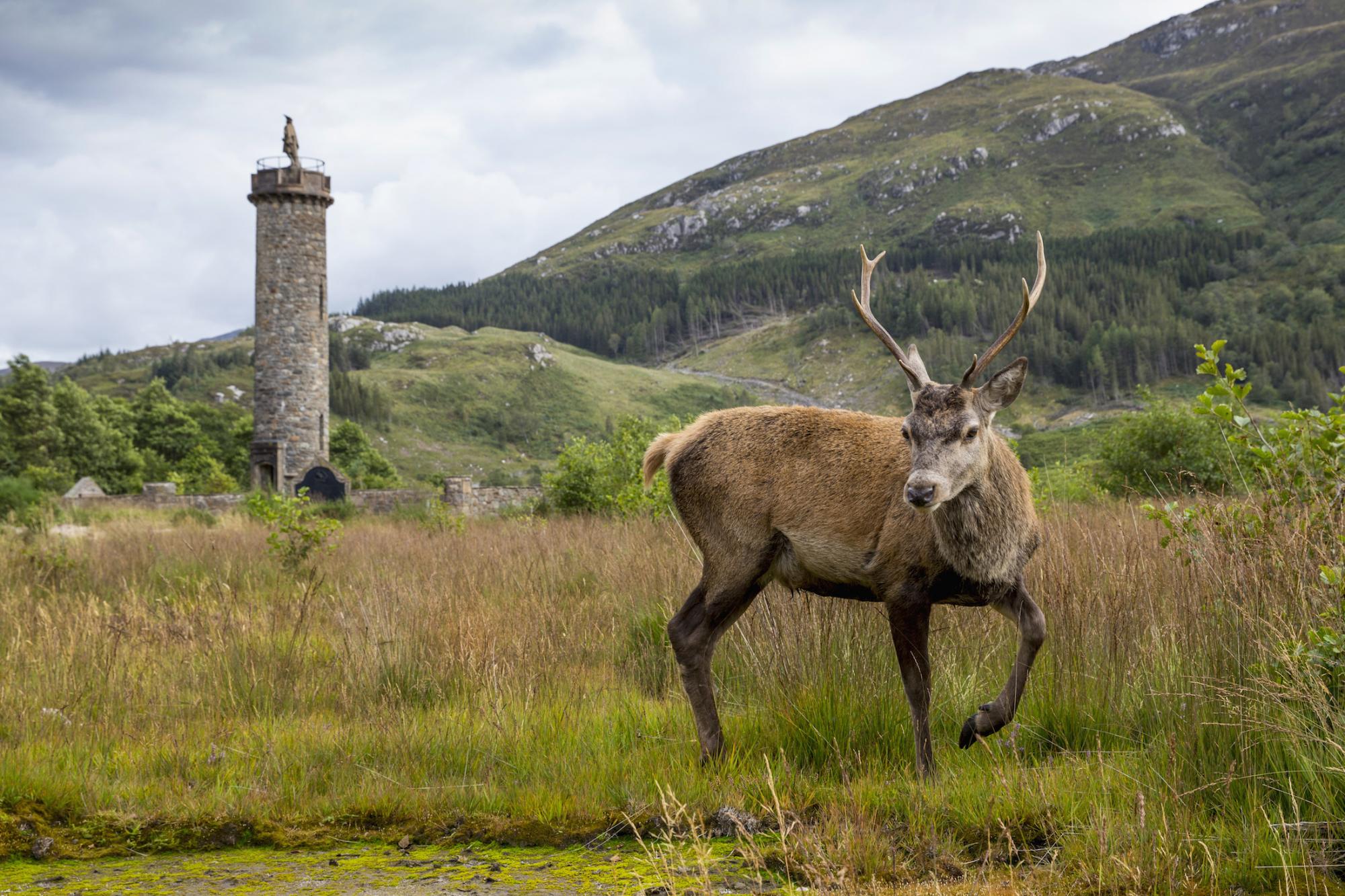
Scotland is a treasure trove of opportunities for wildlife lovers, home to everything from red deer to the rare red squirrel.
Across the Highlands, coastal islands and southern uplands of Scotland, there’s a wealth of wild encounters available year round. It’s possible to see many different animals, including red deer, around the North Coast 500 route.
North-east of Inverness, you’ll find the region of Wester Ross, an area of outstanding natural beauty and a haven for twitchers. Its varied landscapes of glistening lochs and picturesque glens are home to the rare black-throated diver bird, the golden eagle and the elusive Scottish Crossbill.
In contrast, a trip to the Isle of Mull offers sightings of minke whales, basking sharks, and dolphins. The Hebridean islands, in particular, such as Harris, have abundant marine life and bird life that are incredible to see and photograph.
10: Kruger National Park, South Africa
Veronica James (Gypsy Nester)
The Big Five (the five African animals chosen because of their desirability to hunters) are considered some of the world’s most dangerous or challenging animals. There are very few places on Earth where all five can possibly be encountered on the same day, but Kruger National Park in South Africa is one of them.
Armed only with cameras, we certainly never expected to pull off that feat, so after shooting numerous rhinos, a couple of lions, more than a few elephants, and several African buffalo, we were thrilled with our luck and assumed the day was done. But as we drove back to camp, we spotted a leopard meandering up a river bed, which mean ‘Mission Almost Impossible accomplished’.
11: Yala National Park, Sri Lanka
Peter Watson (Atlas & Boots)
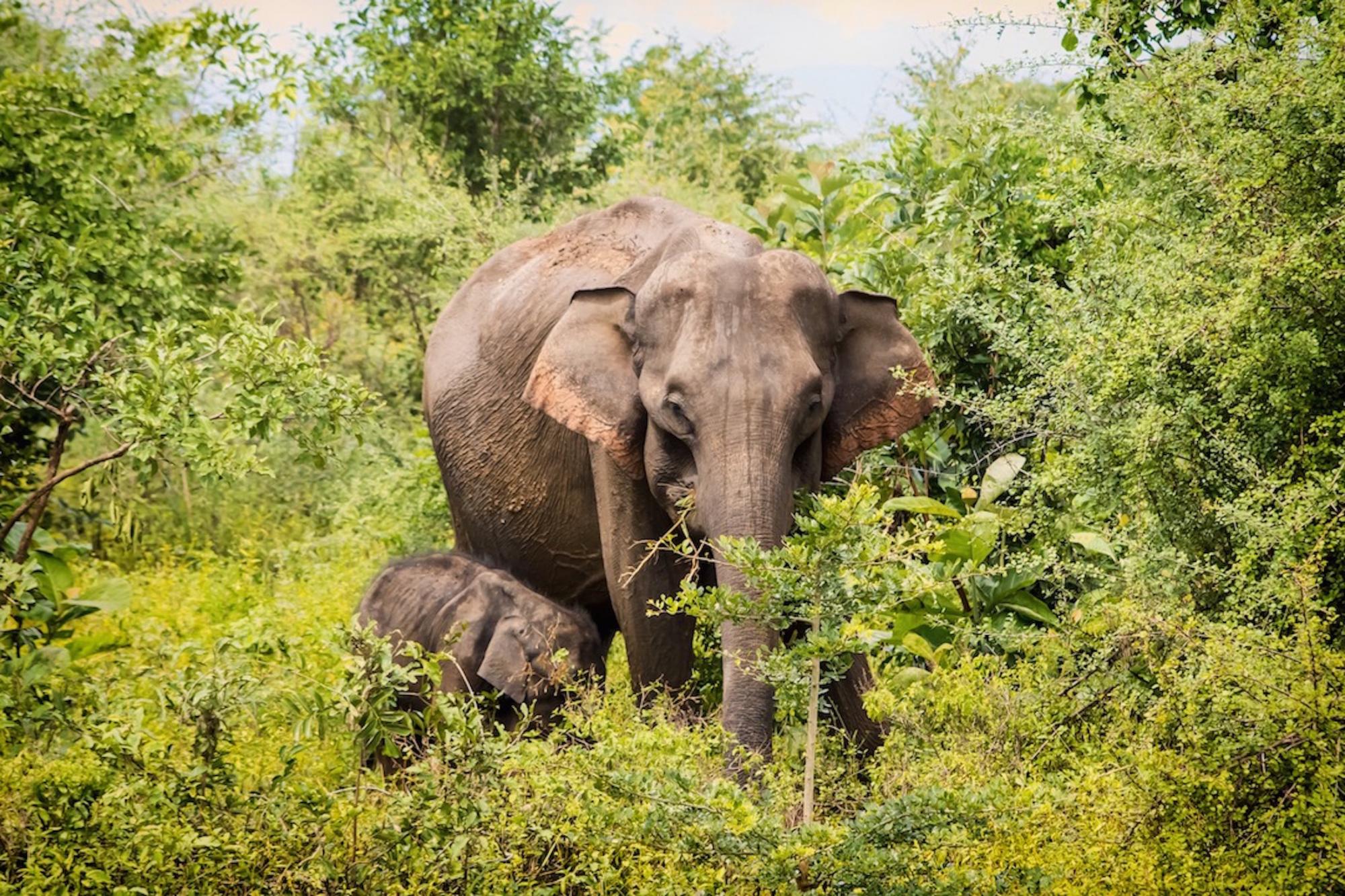
For such a small country, Sri Lanka boasts a surprisingly rich bounty of wildlife. Packed within its teardrop-shaped borders are 26 national parks and scores of nature reserves and sanctuaries.
Yala National Park is particularly special. We spotted elusive leopards, stealthy crocodiles and dozens of darting deer. Colourful kingfishers, majestic hornbills and flamboyant Sri Lankan peacocks can all be easily spotted.
We spent a month in the country and most valued our time in the parks, which was a truly remarkable experience. It’s also worth mentioning nearby Udawalawe National Park, where we saw herds of gentle elephants and plenty of sprightly birdlife.
12: Ngorongoro Crater, Tanzania
Steve Dirnberger (How Far From Home)
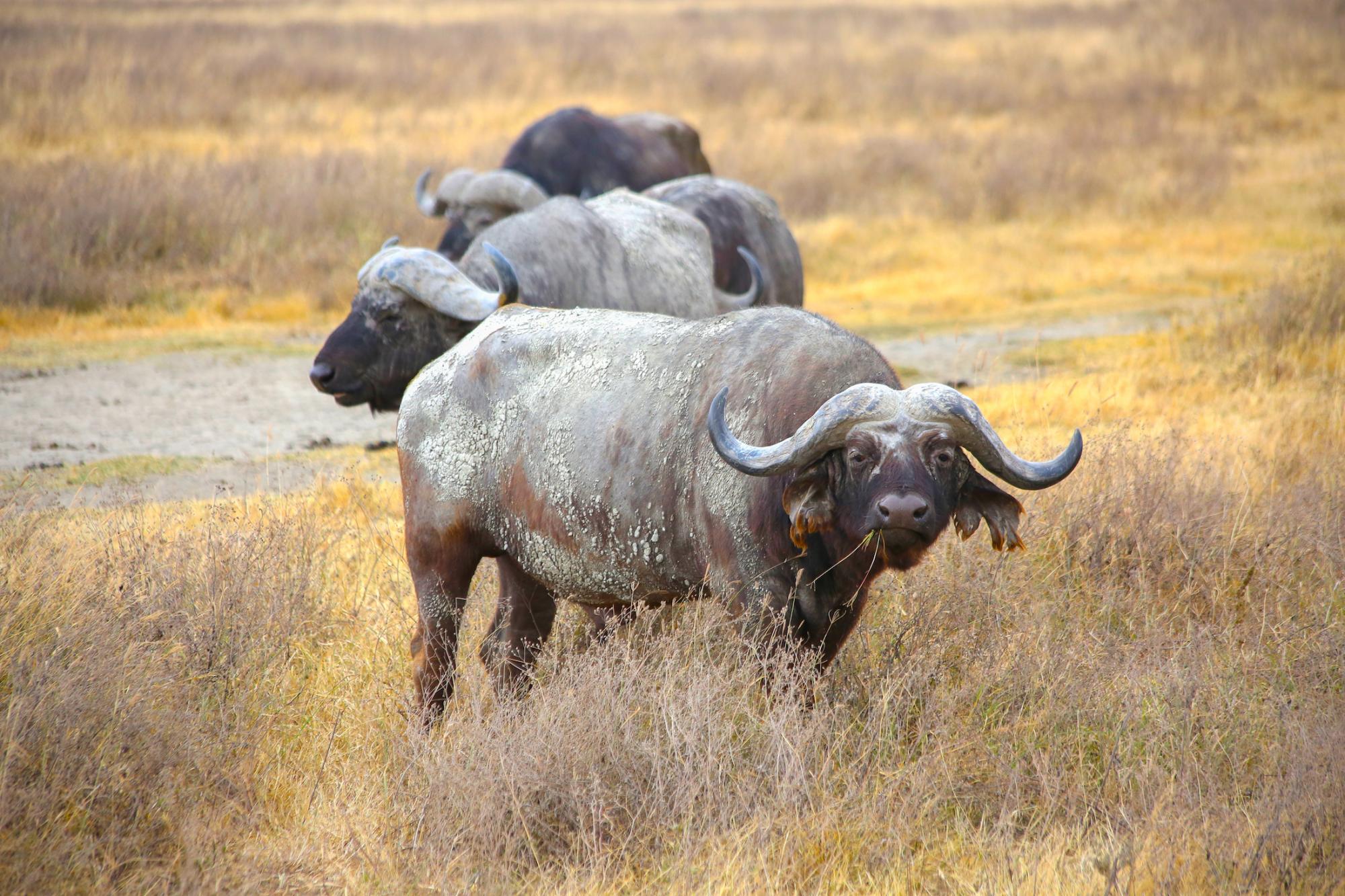
Said to be the Garden of Eden, due to it's fertile soil and abundance of wildlife, this 1.5 million year old volcanic crater offers more than the breathtaking vantage points along the 2,400 metres-above-sea-level rim.
The large volcanic caldera has over 25,000 animals living within it, and a typical morning game drive will have you coming close to all members of the Big Five, including lions, elephants and rhino, as well as massive herds of wildebeest and zebra. It’s a fantastic place for birds, too, including flocks of flamingoes, crowned cranes and Kori Bustards, just to name a few. This is a true animal-lover’s paradise.
13: Ranthambore National Park, India
Kristen Gill (Kristen Gill)
One of India’s largest national parks, Ranthambore is best known for its Royal Bengal Tiger Reserve and as one of the finest spots for viewing Bengal tigers in their natural habitat. Spotting these animals in their natural environment is hard to forget.
Situated in the Sawai Madhopur district of southeastern Rajasthan, Ranthambore was a former hunting ground of the Maharajahs of Jaipur.
The terrain of deciduous forests and open meadows also hosts plenty of other animals, such as the Indian leopard, wild boar, striped hyena, sambar, rhesus macaque, sloth bear, mugger crocodile, Indian flying fox, mongoose. It’s also a good area for birding enthusiasts, with birds, such as the scops owl and chital.
14: Wrangel Island, Russia
Sherry Ott (Otts World)
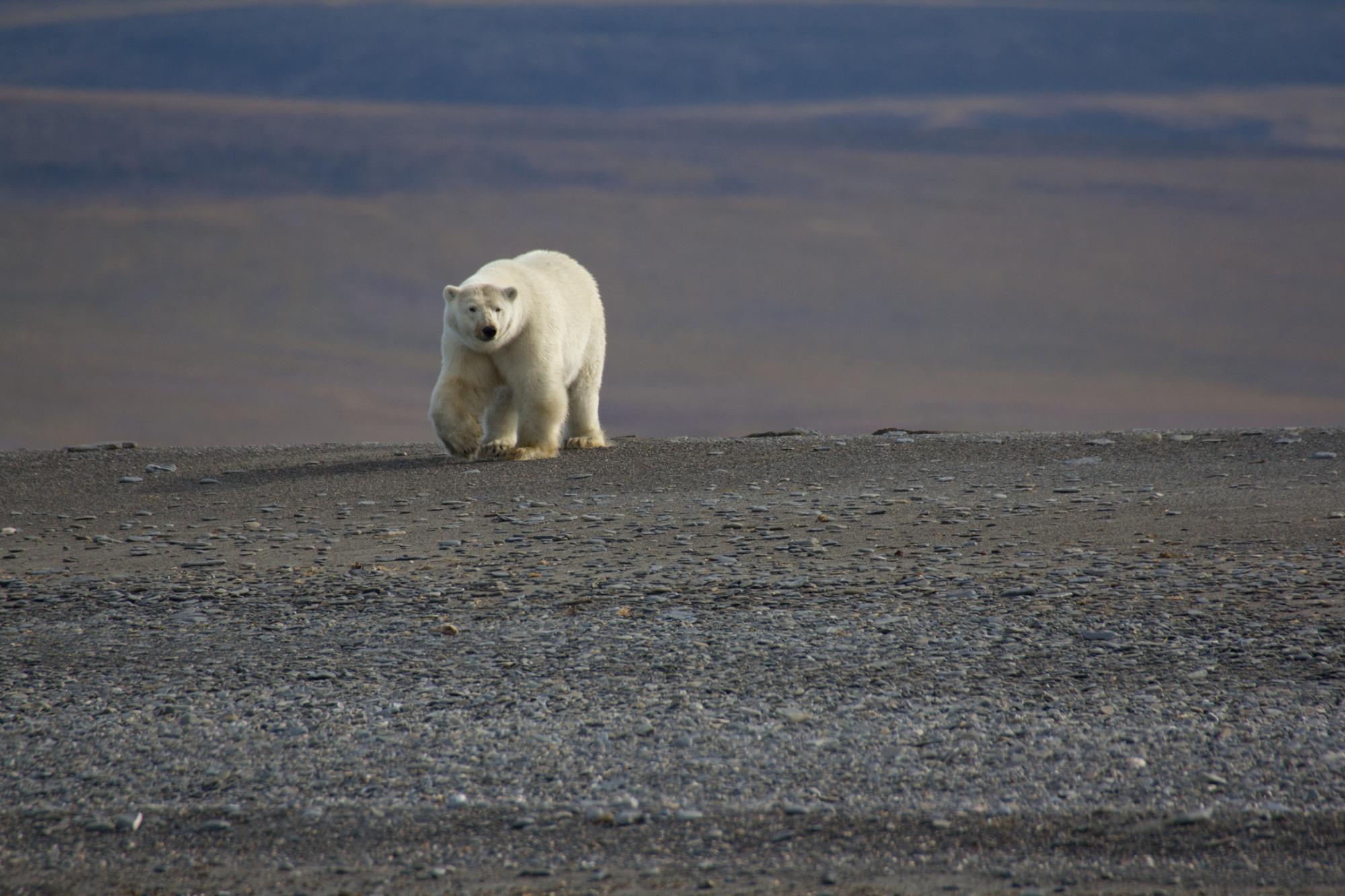
Wrangel Island is a remote part of Russia’s Far East. It sits above the Arctic Circle, about 87 miles north of Russia, and is home to an extraordinary amount of animal and plant diversity, the greatest in the high Arctic. The best part is that it’s relatively unknown.
The island is home to an immense amount of unique wildlife. It’s referred to as the Polar Bear Maternity Ward because it was known for the largest density of denning polar bears anywhere in the world. It averages between 300-350 maternity dens each year on the island. While I was there, the polar ice had just receded and the bears had come ashore for a few months.
In addition to bears, the island has more than 169 bird species, including Snow Geese and the Snowy Owl. You'll also see lemmings, arctic foxes, reindeer, muskoxen, wolverine, wolves, ring seals, bearded seal, walrus and two species of whales.
15: Chitwan National Park, Nepal
Barbara Weibel (Hole in the Donut Cultural Travel)
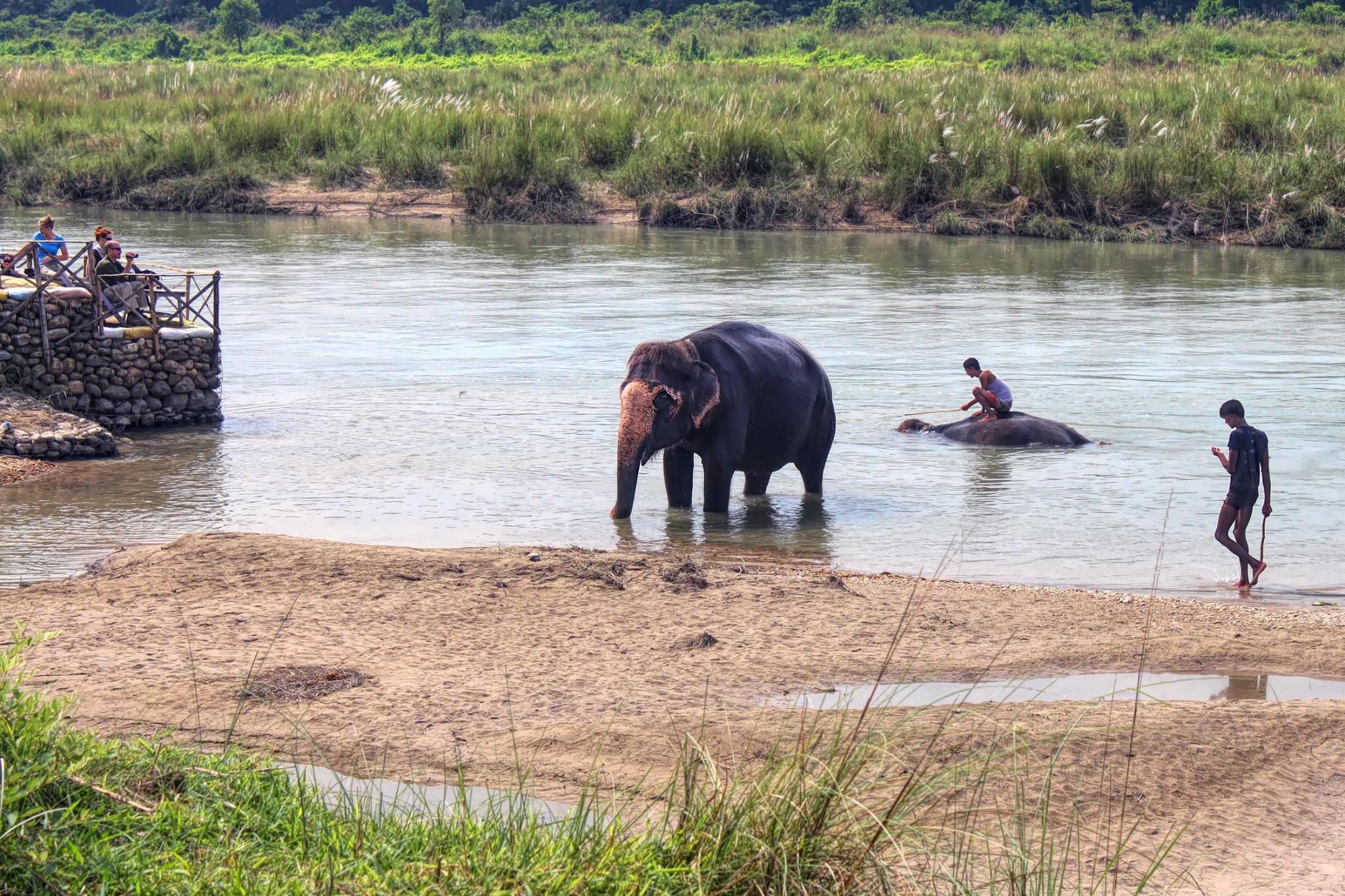
Safaris in Nepal’s Chitwan National Park offer an opportunity to see Bengal tigers, leopards, elephants and monkeys, but the true highlight is sighting an endangered Greater One-Horned Rhinoceros.
Prior to the 1950s, Chitwan was home to more than 1,000 of the behemoths. Over the next 10 years, much of their natural habitat was cleared for settlement. Additionally, poachers killed many for their horns, which some believe have healing properties. By 1969, fewer than 100 rhinos remained.
Today, new controls and education have successfully increased the population to more than 600, making Chitwan one of the best places in the world to spot the reclusive rhino, which is just an incredibly creature to witness first-hand.
16: Manuel Antonio National Park, Costa Rica
Adam Groffman (Travels Of Adam)
One of Costa Rica’s best beaches and a favorite for LGBT visitors, Manuel Antonio is located alongside a hill with incredible panoramic views out to sea. The short 15-minute drive from Quepos to Manuel Antonio is dotted with a number of trendy restaurants and bars, but the real attraction is Manuel Antonio National Park. It's Costa Rica's most popular national park with both tourists and locals.
The national park is home to a lot of sloths, although they’re sometimes difficult to spot if they’re hiding up in the trees. There are wonderfully peaceful beaches and a panoramic viewpoint (mirador) out to the Pacific Ocean in the national park too, while you can find countless other animals, including raccoons, apes, bugs and birds, who all call this place home.
17: Alaska, USA
Juno Kim (Runaway Juno)
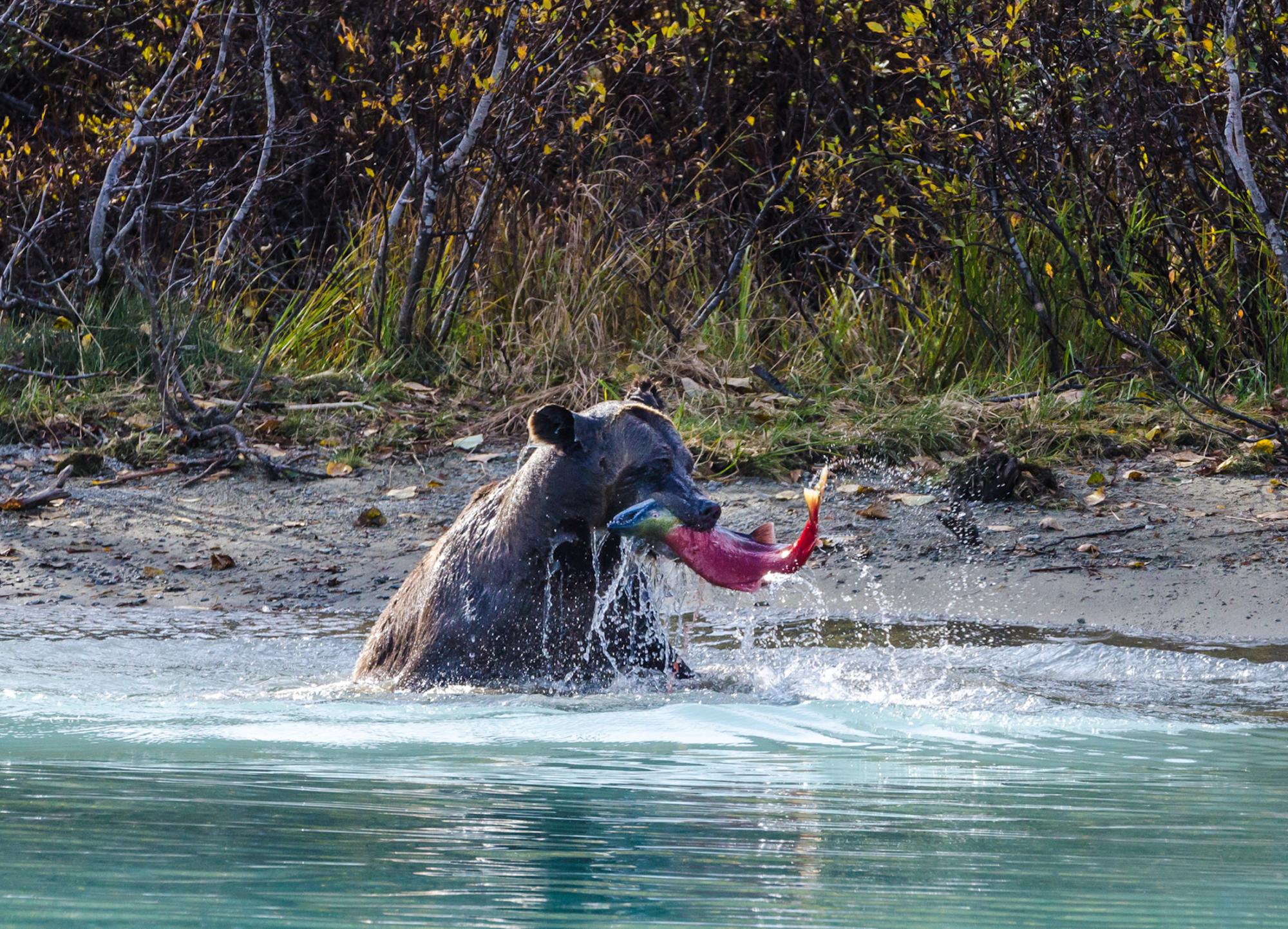
As one of the least populated states in the United States and one with so many national parks, wildlife refuges, and national preserves, Alaska has the perfect conditions for wildlife.
Wildlife sightings aren't just deep in the mountains. Anchorage and its surroundings have some of the best spots in the state for wildlife-viewing. Moose crossing the streets in downtown Anchorage is a regular occurrence. Hiking trails are sometimes shared with bears. A day cruise allows you to see otters, sea birds, whales, bald eagles, bears, and more.
Millions of birds flock to Anchorage on annual migrations. Salmon fill nearby rivers and streams all summer long. If you are lucky, you get to see bears fishing for those salmon, which is an incredible sight.
18: Tanjung Puting National Park, Indonesia
Robson Cadore (Love & Road)
Travelling to Tanjung Puting National Park in Indonesian Borneo is an experience like no other. It’s incredible and intense, not only because of the beautiful nature and wildlife, but because of the environmental importance of this reserve.
The orang-utans from Indonesia and Malaysia are in danger and Tanjung Puting National Park is one of the few places where they are safe from the horrendous Palm Oil plantations that are destroying the South-East Asian jungle and wildlife.
When you lose sight of the shore at the Pangkalan Bun village in Kalimantan, Borneo, you know an unforgettable trip is about to start. It can be from two days or up to five days cruising the rivers and canals of the national park in a wooden boat. The orang-utans and monkeys hanging on the trees by the river banks look unreal. Trekking into the jungle and seeing the wild orangutans will change you forever.
The sunsets and the sunrises are another spectacle.
19: Saguenay Fjord National Park
Tom Bartel (TravelPast50.com)
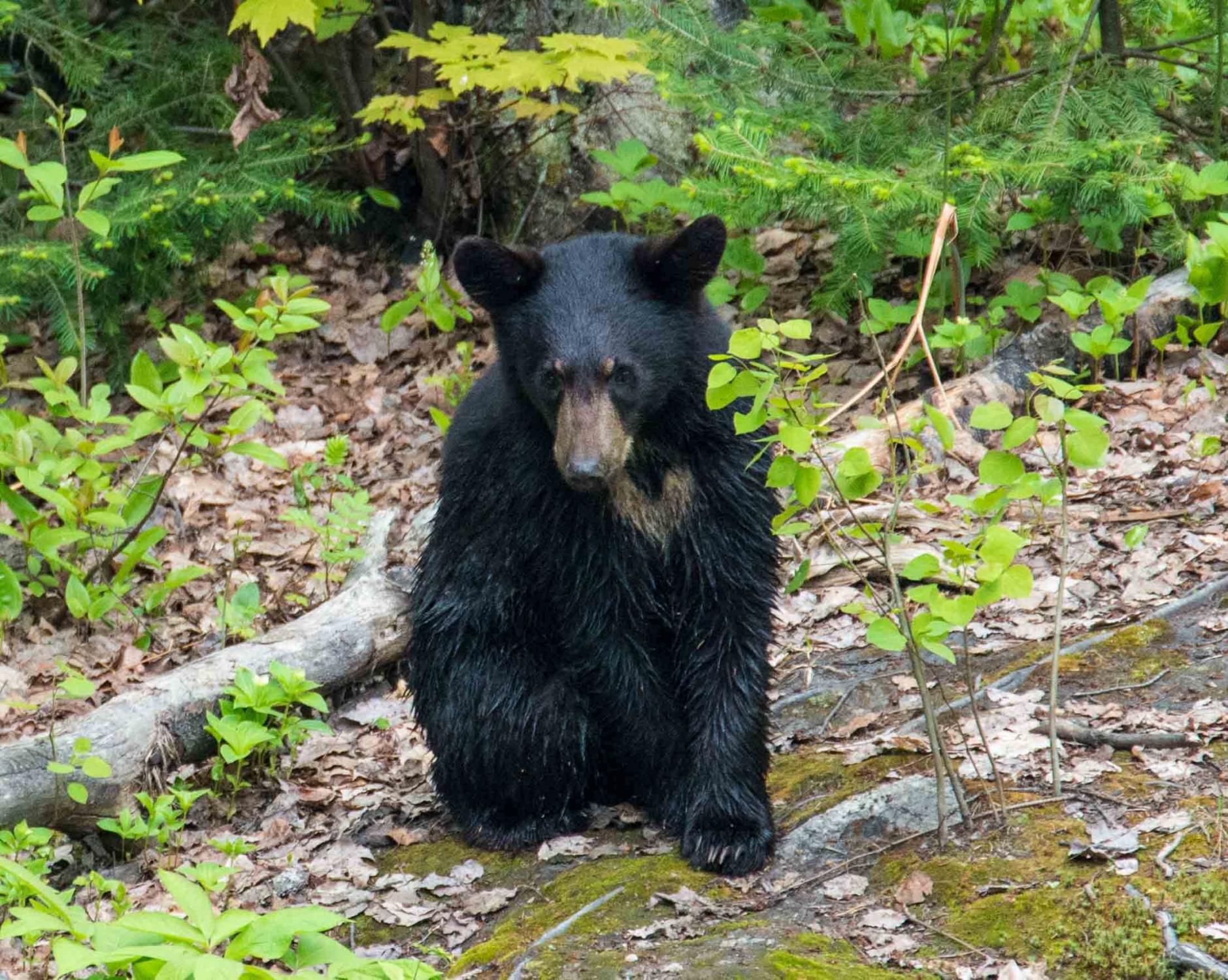
The Saguenay Fjord National Park follows the inlet off the Saint Lawrence River for approximately 65 kilometres into the wilds of Quebec in eastern Canada. This is a region with incredible scenery.
The park is laced with hiking trails that will often take you into long lens range of whales, beavers, moose and bears. Our hike in the Mars River area yielded an extended show put on by a young male bear who had been lured by an overturned bucket of grain.
The Saguenay Fjord itself is one of the world’s great whale-watching locations, where it’s possible to go out on Zodiacs, kayaks or cruises to spot belugas, minke whales and more.
20: Kangaroo Island, Australia
Laura Cody (Travelling Weasels)
Kangaroo Island is one of the best places in Australia to have an authentic wildlife experience. Sadly, lots of people who go to Australia never have the chance to see a wild kangaroo or koala because they are not that common. On Kangaroo Island, they are. In fact, a few years ago they had a problem with too many wild koalas.
There are plenty of wild kangaroos too, especially on drizzly days.
Kangaroo Island is not just about kangaroos and koalas, though. We also saw wild sea lions and brown snakes, plus gigantic pelicans and tiny penguins.
-
Do you want to photograph wildlife in some of the world's greatest locations? See www.lightandland.co.uk/photography-tours for details of Light & Land's wildlife photography tours, including Botswana, New Zealand, Spitsbergen and Yellowstone.
-
Photos in descending order:
Lioness watching from tall grass, Maasai Mara, Kenya by Graeme Green
Cheetah in the Maasai Mara, Kenya by Dave Bouskill (The Planet D)
Polar Bear in Spitsbergen, Norway by Antony Spencer.
Giraffes by watering hole in Ethosha National Park, Namibia by Marina Cano.
Bison in Yellowstone National Park, USA by Donna Hull (My Itchy Travel Feet)
Orca in Antarctica by Alesha Bradford (Nomadasaurus)
Gelada monkey on the prowl in Simien Mountains National Park, Ethiopia by Graeme Green
Red Deer by the Glenfinnan Monument (VisitScotland)
Elephants in Yala National Park, Sri Lanka by Peter Watson (Atlas & Boots)
Water buffalo inside the Ngorongoro Crater, Tanzania by Graeme Green
Polar bear on the move on Wrangel Island, Russia by Sherry Otts (Otts World)
Elephants bathing in Chitwan National Park, Nepal by Barbara Weibel (Hole in the Donut Cultural Travel)
Bear catching salmon in Alaskan river, USA by Juno Kim (Runaway Juno)
Young bear in Saguenay Fjord National Park by Tom Bartel (TravelPast50.com)

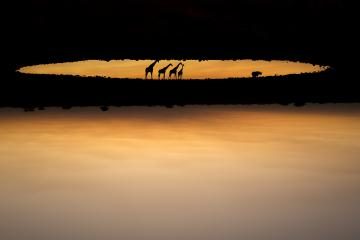
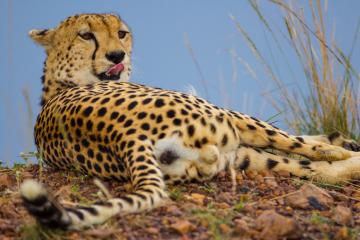

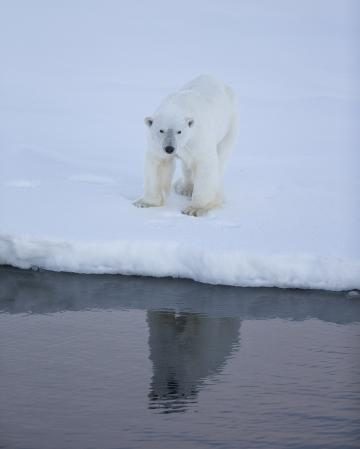
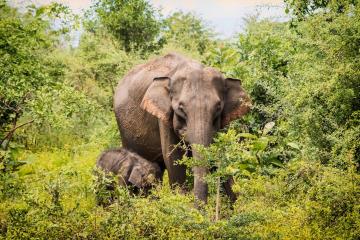
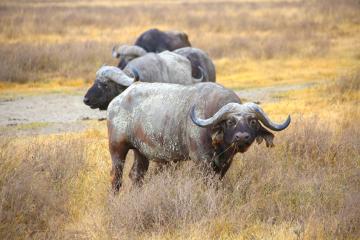
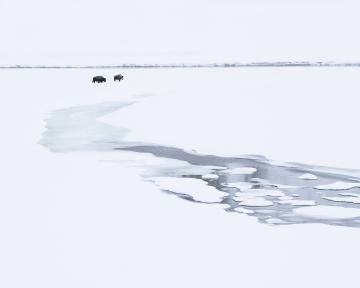
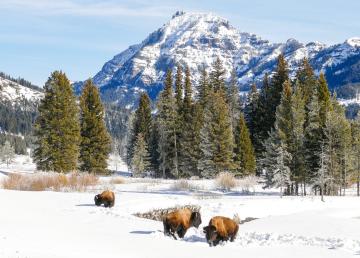
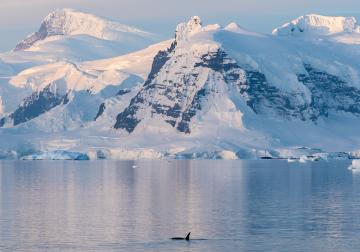
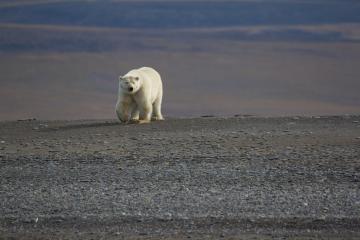
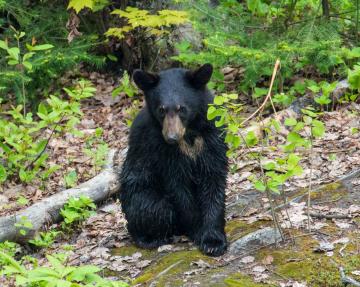
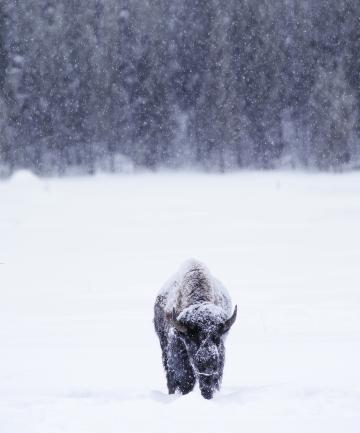
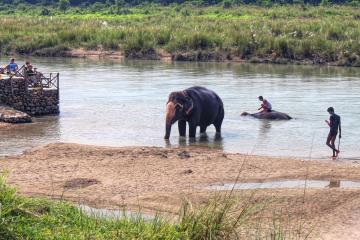
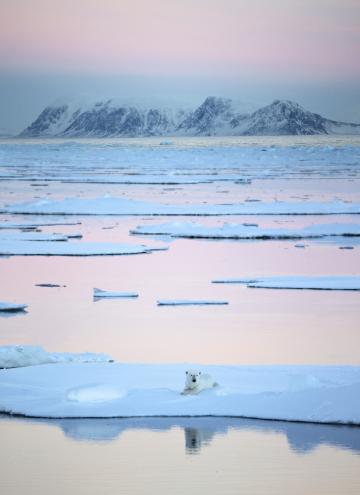
-4__standard.jpg)
